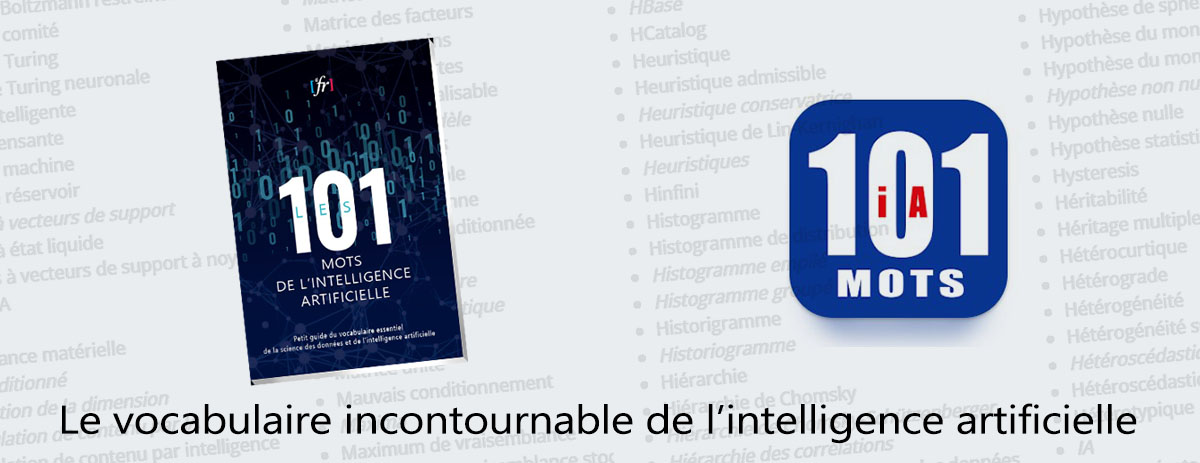« Théorie des automates » : différence entre les versions
m (Remplacement de texte — « Termes privilégiés » par « Français ») |
|||
| Ligne 9 : | Ligne 9 : | ||
== Français == | == Français == | ||
théorie des automates | |||
Source: https://fr.wikipedia.org/wiki/Th%C3%A9orie_des_automates | |||
== Anglais == | == Anglais == | ||
Version du 29 janvier 2019 à 17:15
Domaine
Définition
Français
théorie des automates
Source: https://fr.wikipedia.org/wiki/Th%C3%A9orie_des_automates
Anglais
Automata theory
Automata theory is the study of abstract machines and automata, as well as the computational problems that can be solved using them. It is a theory in theoretical computer science and discrete mathematics (a subject of study in both mathematics and computer science). The word automata (the plural of automaton) comes from the Greek word αὐτόματα, which means "self-acting".
The figure at right illustrates a finite-state machine, which belongs to a well-known type of automaton. This automaton consists of states (represented in the figure by circles) and transitions (represented by arrows). As the automaton sees a symbol of input, it makes a transition (or jump) to another state, according to its transition function, which takes the current state and the recent symbol as its inputs.
Automata theory is closely related to formal language theory. An automaton is a finite representation of a formal language that may be an infinite set. Automata are often classified by the class of formal languages they can recognize, typically illustrated by the Chomsky hierarchy, which describes the relations between various languages and kinds of formalized logic.

Contributeurs: Claude Coulombe, Jacques Barolet, wiki






